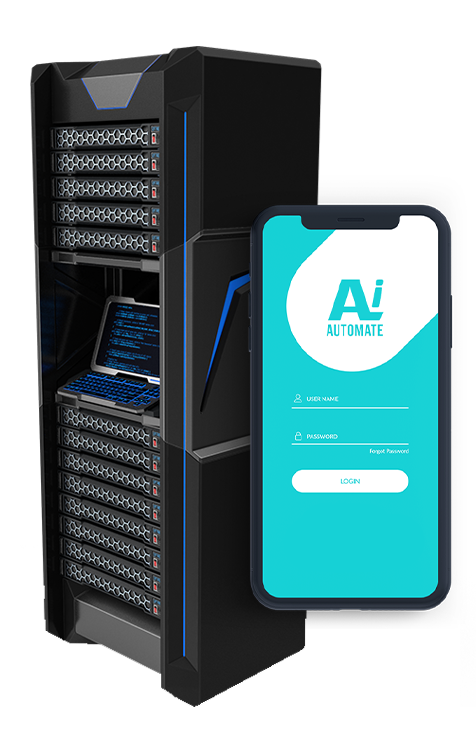AI Predictive Maintenance for Nakhon Ratchasima Factories
AI predictive maintenance is a powerful technology that enables businesses to predict and prevent equipment failures in their factories. By leveraging advanced algorithms and machine learning techniques, AI predictive maintenance offers several key benefits and applications for Nakhon Ratchasima factories:
- Reduced downtime: AI predictive maintenance can help factories identify potential equipment failures before they occur, allowing them to schedule maintenance and repairs proactively. This can significantly reduce unplanned downtime, minimizing production losses and improving operational efficiency.
- Improved equipment lifespan: By identifying and addressing potential issues early on, AI predictive maintenance can help factories extend the lifespan of their equipment. This can lead to significant cost savings in the long run, as well as improved reliability and productivity.
- Optimized maintenance schedules: AI predictive maintenance can help factories optimize their maintenance schedules by providing insights into the condition of their equipment. This can lead to more efficient use of maintenance resources, reducing costs and improving overall maintenance effectiveness.
- Enhanced safety: By identifying potential equipment failures before they occur, AI predictive maintenance can help factories prevent accidents and ensure the safety of their employees. This can lead to a safer and more productive work environment.
- Increased productivity: By reducing downtime and improving equipment lifespan, AI predictive maintenance can help factories increase their productivity. This can lead to increased revenue and profitability.
AI predictive maintenance offers Nakhon Ratchasima factories a wide range of benefits, including reduced downtime, improved equipment lifespan, optimized maintenance schedules, enhanced safety, and increased productivity. By leveraging this technology, factories can improve their operational efficiency, reduce costs, and gain a competitive advantage in the global marketplace.
• Improved equipment lifespan
• Optimized maintenance schedules
• Enhanced safety
• Increased productivity
• Professional
• Enterprise
• Sensor B
• Sensor C






